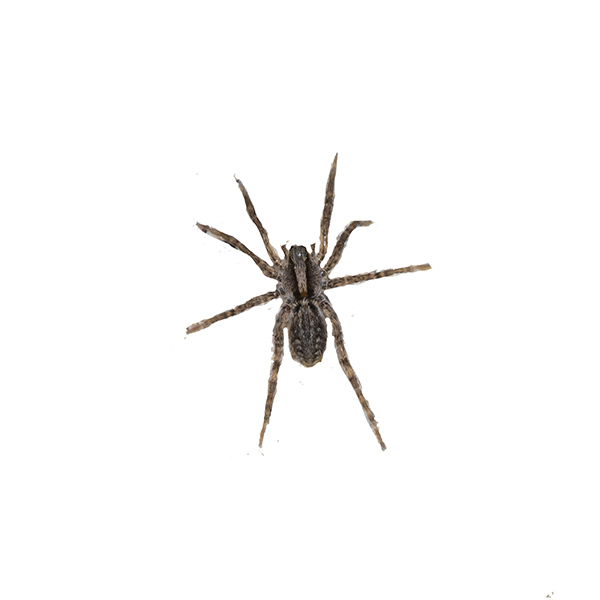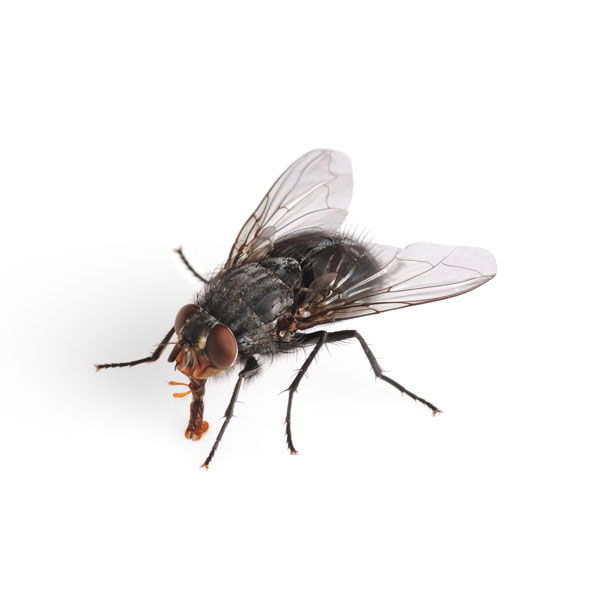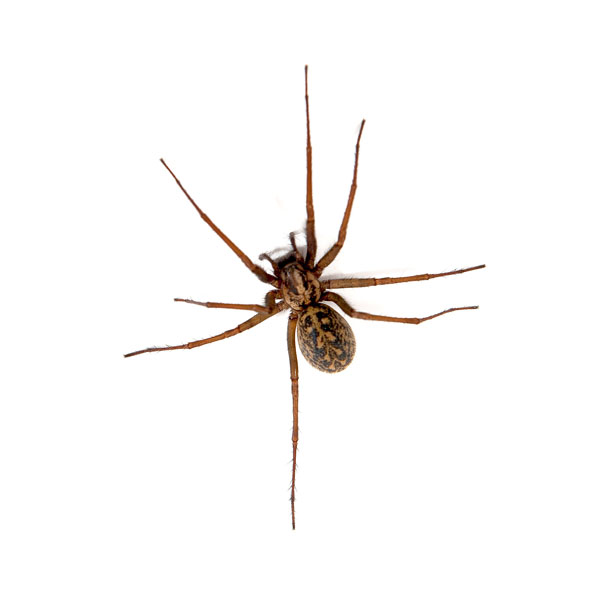Grass Spiders in Santa Fe and Albuquerque NM
Female grass spiders are just slightly larger than their male counterparts. They are commonly mistaken for domestic house spiders and hobo spiders due to their similar looks. Grass spiders have distinctive dorsal markings on the carapace, or hard upper shell, and the abdomen. Their legs typically get darker as they reach the ends.
Grass Spider Behavior
During the late summer, female grass spiders lay white egg sacs that hatch in the spring and become adults in the late summer. Male grass spiders die shortly after mating, and the female typically dies after laying the egg sac. Webs can be found in a variety of locations, but are most likely built on grass, weeds, ivy, and bushes. Because these funnel-like webs are not sticky, the grass spider relies on its fast speed to catch insects that land or fall onto the web before injecting them with venom.
Are Grass Spiders Dangerous?
Grass spiders are fast and shy, and thus avoid contact with humans unless they feel threatened. Even though they are not poisonous, they are venomous like other spiders. Furthermore, their small fangs make it difficult to penetrate human skin, making the possibility of a spider bite low. When grass spiders successfully bite humans, their venom can cause pain, swelling, and itching for up to 10 days without any serious consequences.
Grass Spider Management
Despite the fact that grass spiders don’t pose a big threat to humans, there are still things you can do to keep them from infesting your yard:
- Mow and maintain lawns frequently.
- Trim or prune vegetation near your home.
- Dispose of brush piles.
- Clean up food remains and garbage.
- Do not leave pet food out for extended periods.
- Eliminate sources that attract the prey of grass spiders: food crumbs and sticky residue.
Keeping your outdoor and indoor area tidy is always a smart move in pest management, but it may not solve the problem. If you’re experiencing a grass spider infestation, make sure to call a professional for more information.
Say Goodbye To Grass Spiders. Get Started Today!





